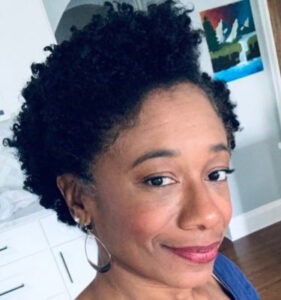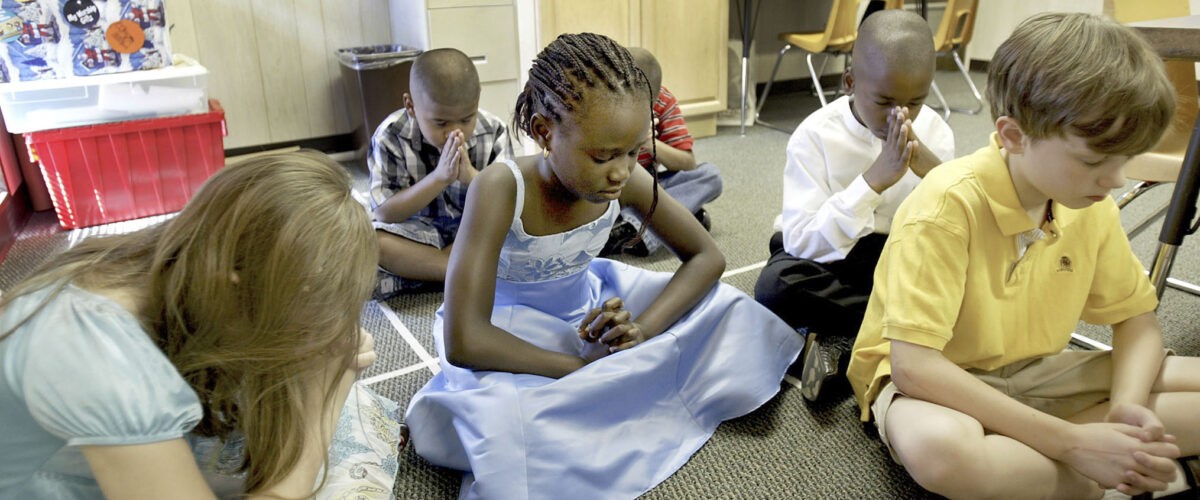One of the prized goals of evangelical and mainline churches in America today is to create multiethnic congregations. But the same political trends that are making life difficult for pastors also bode ill for multicultural churches.
New research published Jan. 3 in the Washington Post demonstrates that Donald Trump’s rise to power activated a “MAGA faction” that is uniquely “motivated by animus toward marginalized groups.”
Those marginalized people include African Americans, Hispanics, Muslims and the LGBTQ community.
The one consistent and key indicator predicating a person’s negative views of minorities today is their support for Trump.
While disdain for these minority populations predates Trump’s rise to power and crosses party lines, the one consistent and key indicator predicating a person’s negative views of minorities today is their support for Trump, the research team found.
The research and the article were created by Lilliana Mason, associate professor of political science at Johns Hopkins University; Julie Wronski, associate professor of political science at the University of Mississippi; and John V. Kane, assistant professor at the Center for Global Affairs at New York University.
The ‘MAGA faction’
They report that the divergence between the Republican Party and Democratic Party “grows in no small part from a particular group of Americans whose politics are predominantly driven by hatred toward marginalized minority groups. These individuals — whom we call the ‘MAGA faction’ — may be relatively few in number but hold ideals that are antithetical to multiethnic democracy.”
 This MAGA faction — short for Trump’s campaign slogan of “Make America Great Again” — existed before the 2016 presidential election but “had not been securely attached to any particular party,” the researchers explained.
This MAGA faction — short for Trump’s campaign slogan of “Make America Great Again” — existed before the 2016 presidential election but “had not been securely attached to any particular party,” the researchers explained.
They used data from the Democracy Fund’s Voter Study Group survey, which interviewed the same Americans repeatedly between 2011 and the present day. From this dataset, they sought to identify the common characteristics of Trump supporters before Trump announced his candidacy.
“We found about 30% of Americans surveyed in 2011 reported feelings of animosity toward African Americans, Hispanics, Muslims and the LGBTQ community,” they noted. “These individuals make up our MAGA faction. Members of the MAGA faction were approximately 25% more supportive of Trump in 2018 than everyone else in the survey, even after taking into account many other factors, including partisanship.
“This relationship between hatred and political support does not exist for other Republican leaders. We found that 2011 animosity toward these groups did not predict later approval of Mitch McConnell, Paul Ryan, or the Republican Party. Only Trump was linked to bias.”
Further, “no Trump-like figure emerged among Democrats. Rather, pre-existing animus toward these four groups consistently predicted less support for prominent figures in the Democratic Party. Nor did we find that disliking whites or Christians — groups associated particularly with the Republican Party — in 2011 predicted higher support for Democratic leaders. Trump was unique.”
Overlaps in Trump’s base and evangelical churches
While this study did not report correlation between hatred of minority groups and religious affiliation, other research repeatedly has shown evangelical Christians — and white evangelicals in particular — to be the base of Trump’s support. Depending on the poll, other researchers have documented that between 75% and 85% of white evangelicals voted for Trump in 2020 and that his support among this group grew from 2016 to 2020.
Trump’s “America First” and MAGA agendas laid the groundwork for rolling back national advances in civil protections for minorities while instituting some of the harshest anti-immigrant practices in modern history. His cabinet was the least-diverse group of national leaders in 30 years.
Trump’s cabinet was the least-diverse group of national leaders in 30 years.
All this has played out as multiethnic congregations have become the focal point of much evangelical and mainline church starting.
“We do see this slow-but-steady rise in the percentage of congregations in the United States characterized by racial diversity — about one in four Americans attend a multiracial congregation,” Baylor University sociologist Kevin Dougherty said in a BNG article published in December 2020.
A study by the Hartford Institute for Religion Research found the trend is particularly noticeable among megachurches.
“We’ve known for some time that the larger the church, the more likely it is to be racially diverse, but the growth in racial diversity in megachurches is now of headline-making character,” authors Warren Bird and Scott Thumma said in Megachurch 2020: The Changing Reality in America’s Largest Churches.
According to Bird and Thumma: “Two decades ago, only 21% of megachurches were multiracial, but that it is not true any longer. More than half of them (58%) report being multiracial today, defined as having 20% or more minority presence in their congregation.”
Easier hoped for than done
But the quest for multiethnic communion on earth as it is in heaven continues to prove difficult to achieve, according to recent data from Barna Research and according to a report by Ohio State University sociology professor Korie Little Edwards published in Christianity Today. Edwards is author of The Elusive Dream: The Power of Race in Interracial Churches and co-host of The Elusive Dream Podcast.

Korie Little Edwards
“Almost three in 10 Black practicing Christians in a multiracial church (29%) say they have experienced racial prejudice on some level,” Barna reported in a 2021 release titled “Do Multiracial Churches Offer Healthy Community for Non-White Attendees?”
Barna researchers said the goal of racial diversity shared by a growing number of U.S. churches may offer little in the way of a solution to the rising tide of racial injustice underway in American society.
The underlying problem is that most congregations that claim to be multiethnic or multiracial are not diverse in their leadership. Such churches almost always are led by whites.
“Christians of color often face barriers to sharing their opinions, whether as a congregant or leader,” the Barna report said.
That truth is confirmed by Edwards as reported in her book and the Christianity Today column.
“Multiracial churches tend to mimic white churches in their culture and theology; whites are not comfortable with Black church culture or addressing the elephant in the room, race; multiracial churches work — that is, remain diverse — to the extent that their white members are comfortable,” she wrote.
There has been progress toward more diverse leadership in multiethnic churches, but not much, she said. “In 1998, 4% of multiracial churches were led by Black people. In 2019, 16% were.” Still, that is fewer than two in 10 multiracial congregations in America with Black leaders.
The current racial reckoning
And there’s a deeper problem still, in this era of America’s racial reckoning over its founding in racism and white supremacy. Edwards says there’s an “unspoken contract” upon which some multiracial churches are established: “Don’t talk about race, racism or racial injustice, and do not talk about white supremacy.”
“Multiracial churches often celebrate being diverse for diversity’s sake. They aren’t challenging racial attitudes that reinforce systemic inequality.”
“Multiracial congregations have gained a greater share of American churches over the past 20 years, but as my colleagues and I have found, they are not delivering on what they promised,” Edwards wrote. “Multiracial churches often celebrate being diverse for diversity’s sake. They aren’t challenging racial attitudes that reinforce systemic inequality. Rather, they either attract Blacks and Latinos who already had attitudes that reinforced inequality, or Blacks and Latinos over time begin to adopt whites’ typical individualistic ideas about race in America.”
The influence of Trump and Trumpism among evangelical — and to a lesser extent Catholic and mainline — congregations could further stir the simmering cauldron of once-unspoken tension in multiracial congregations.
Back to the new data reported in the Washington Post: “Our findings reveal that Trump did not himself create this animosity; he merely harnessed it and benefited from it politically. But democracy in an increasingly multicultural society can be threatened when a faction of citizens motivated by animosity toward marginalized groups are particularly influential within a political party.”
Or, perhaps, influential within a church.
Related articles:
Barna: Racism a reality even in multiracial churches
Contrary to what you’ve heard, study finds churches thrive with racial diversity
More churches defined as racially diverse but that doesn’t lead to racial justice work
Study: church diversity does not guarantee diverse thinking, beliefs
Pastors say worship makes difference in multiethnic congregations


